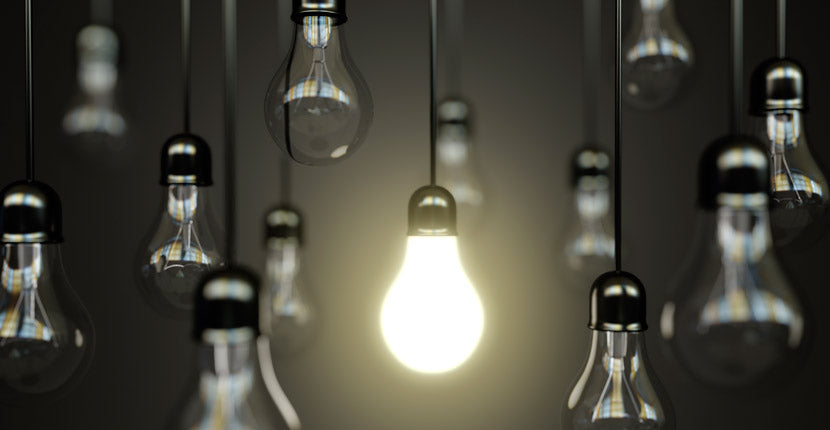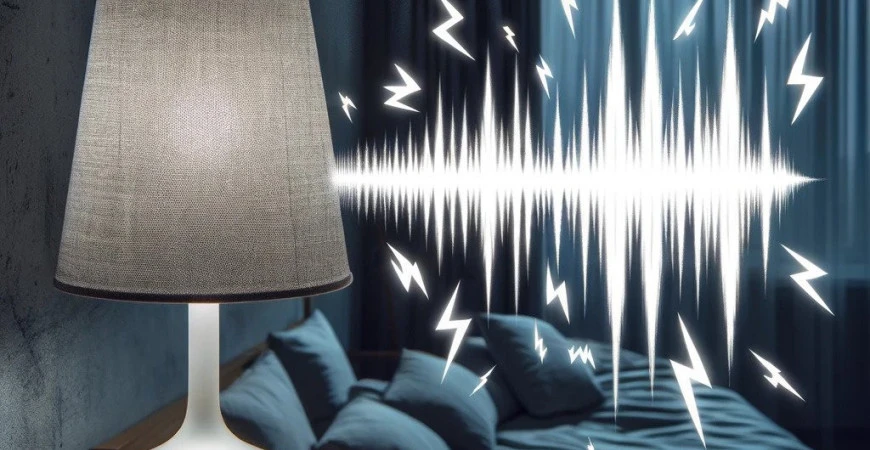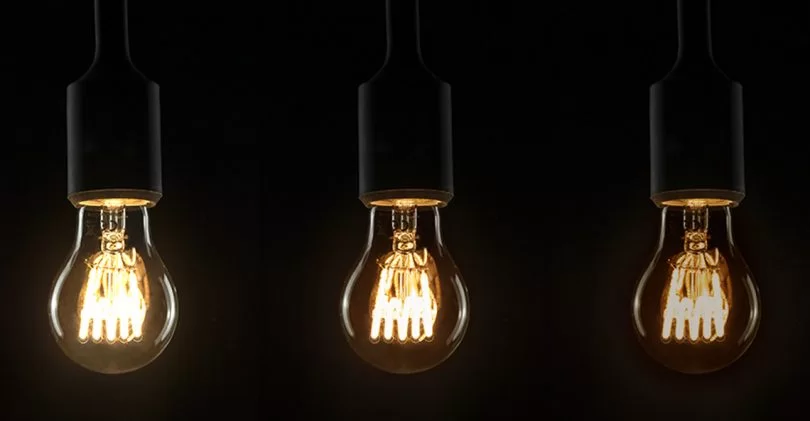Some common problems with LED lighting are flickering lights and buzzing noises. If you’d like to read more about the other problems that LED lights can cause, please read on.
Common Problems with LED Lighting
1. LED Light Flickering
Flickering is a known issue that can occur with LEDs. In these instances, the LED bulb will flicker, often on a predictable cycle, other times at random. The most common causes are poor-quality LED drivers, low power, compatibility issues, or current fluctuations.

2. LED Buzzing or Humming Noise
Buzzing sound is another common issue with the LED Lighting. It’s usually because of overload in the circuit. If your LED bulb is receiving slightly higher voltage, it’ll produce a humming sound instead of blowing off. When the voltage rises, the electronic parts vibrate, causing the fuming sound.
The best solution is to compare the voltage that runs through your socket with what your bulb or lamp accepts. It’ll most probably solve the problem.

3. Too Bright light
Sometimes, the LEDs can become too bright for your liking, And it can be for multiple reasons.
- High-power LED bulbs: Using LED bulbs with high power output can result in overly bright illumination.
-
Installation position: If you are not right in the right height to install LED bulbs to ensure that it will not be too strong light or excess coverage.
- High voltage: If the LED bulb receives a voltage higher than its rated voltage, it can lead to overly bright light.
If your bulb is dimmable, install a switch to control this feature. Or use a fixture that can prevent extra light from reaching your eyes.
4. LED Light Too Dim
A dim LED can be quite irritating. It usually happens either when the LED gets too old or when it’s poorly designed. LEDs have a life span, which means that you will lose brightness, albeit gradually over time, before they eventually burn out completely. In such a situation, you should change your LED and buy a new one.

5. LED Light Overheating
- Lack of Heat Sink: LED bulbs produce heat that must be dissipated effectively. A smaller or poorly designed heat sink will not actually dissipate the heat.
- High Current: Overdriving the LED can result in high heat generation.
- Power supply issues: If the power supply used to drive the LED supply too much voltage or current above the rated for the LED, it can cause the LED to overheat.
- Operating at a Temperature: Operating LEDs at a high-temperature environment can easily lead to the aggravation of overheating.
- Inadequate Ventilation: Without proper airflow around the LED fixture, heat can build up.
- Degradation Over Time — Over time, LEDs can become less efficient, and they will generate more heat for a given amount of light output.
You can use high-quality LED products with well-designed heat sinks. keep them well ventilated and not putting LEDs into enclosed fixtures unless stated otherwise. To prevent the above issues, you must select a branded LED as per the right wattage, size, and drivers. It will ensure longer and trouble-free use.

3 comments
Thank you for your attention and thoughtful comments. We appreciate your support!
LEDs get hot too. The most issue is how the producer design the luminaire for heat disspation to balance the heat and efficiency.
Is not the LED that is getting hot, is the power supply or adapter that is getting hot after one hour of useage.